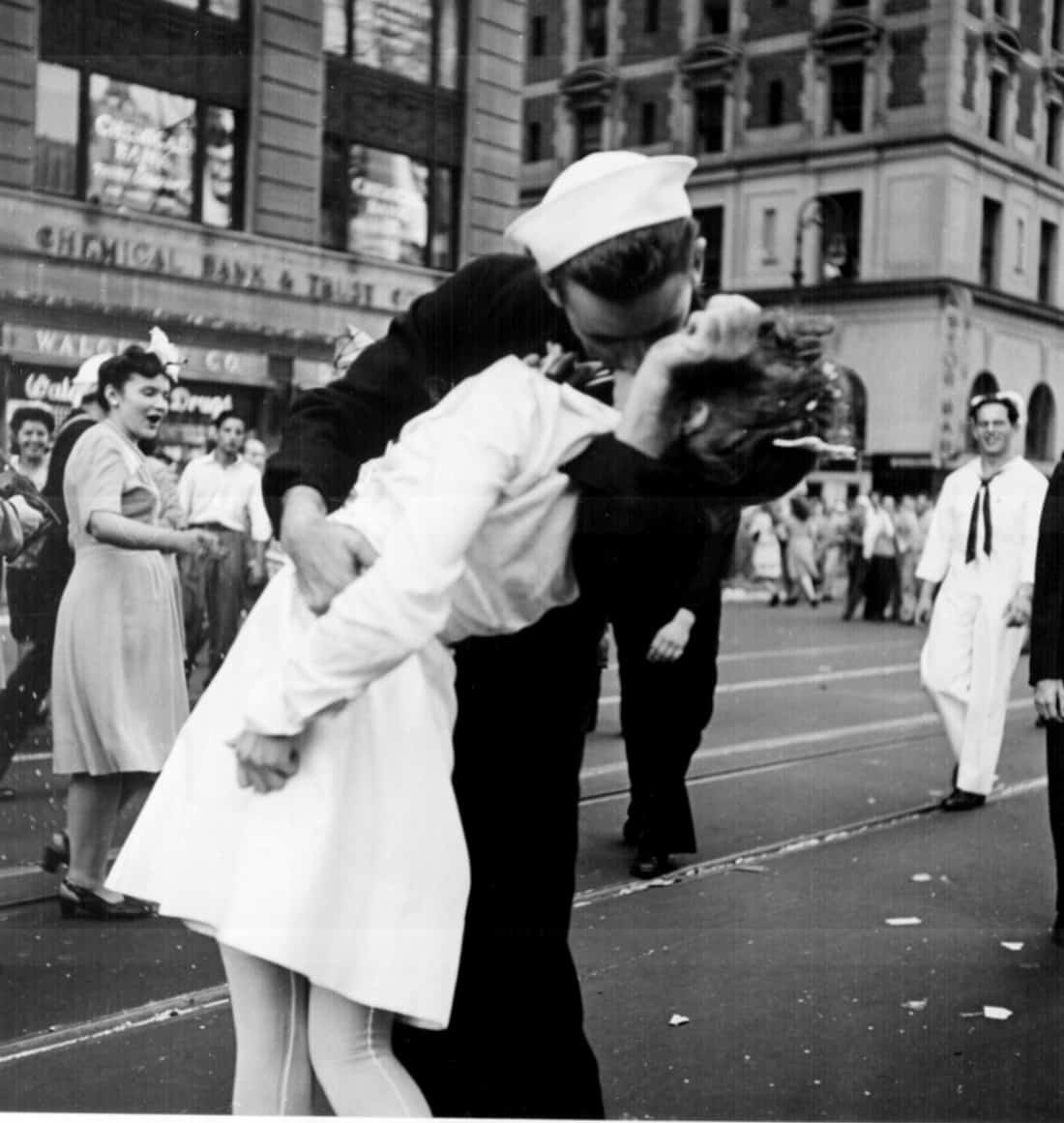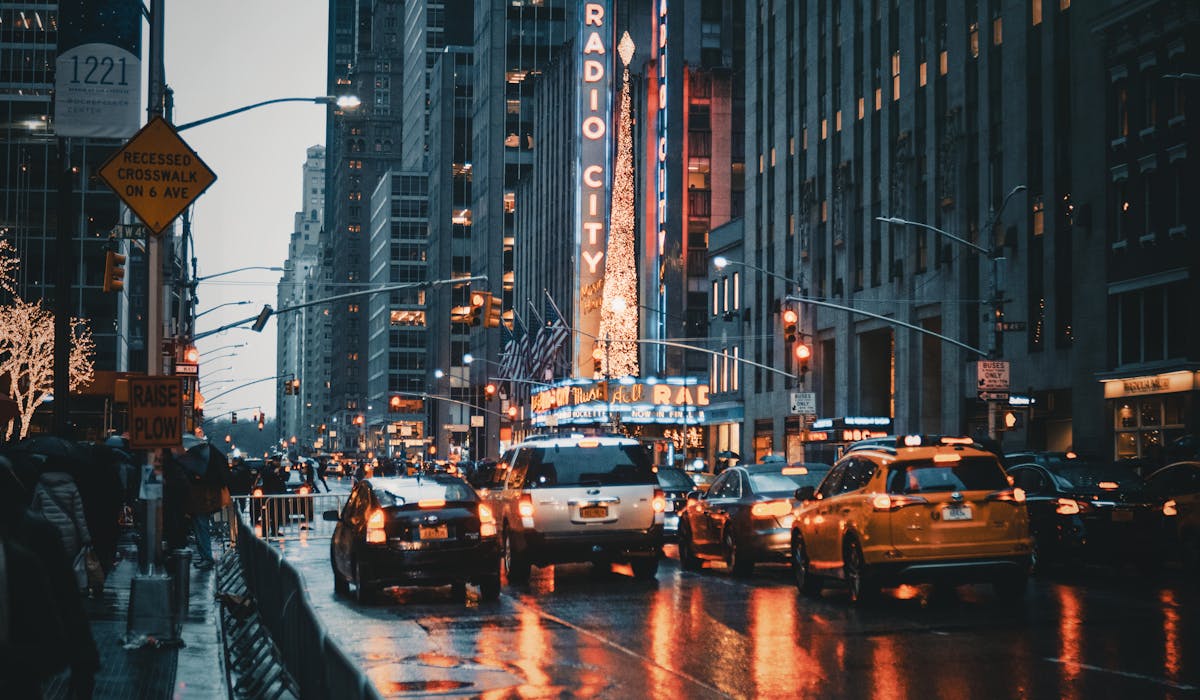The 2-Minute Rule for Framing Streets
Wiki Article
The 9-Second Trick For Framing Streets
Table of ContentsFraming Streets Things To Know Before You Get ThisFraming Streets for DummiesFraming Streets Things To Know Before You Get ThisThe 15-Second Trick For Framing StreetsHow Framing Streets can Save You Time, Stress, and Money.Framing Streets - Truths
, usually with the objective of recording images at a decisive or poignant moment by mindful framing and timing. https://pxhere.com/en/photographer/4162802.
, who was influenced to carry out a comparable paperwork of New York City. As the city created, Atget helped to promote Parisian roads as a worthwhile subject for digital photography.

The Best Strategy To Use For Framing Streets
In between 1946 and 1957 Le Groupe des XV yearly showed work of this kind. Andre Kertesz. Circus, Budapest, 19 May 1920 Road digital photography developed the major web content of 2 events at the Gallery of Modern Art (Mo, MA) in New york city curated by Edward Steichen, Five French Photographers: Brassai; Cartier-Bresson, Doisneau, Ronis, Izis in 1951 to 1952, and Post-war European Photography in 1953, which exported Visit Website the idea of street digital photography internationally.
The Definitive Guide for Framing Streets
, then a teacher of young children, connected with Evans in 193839.'s 1958 publication,, was substantial; raw and usually out of focus, Frank's pictures examined mainstream photography of the time, "tested all the formal rules laid down by Henri Cartier-Bresson and Pedestrian Evans" and "flew in the face of the wholesome pictorialism and sincere photojournalism of American publications like LIFE and Time".Report this wiki page